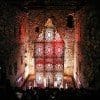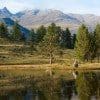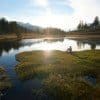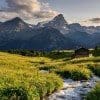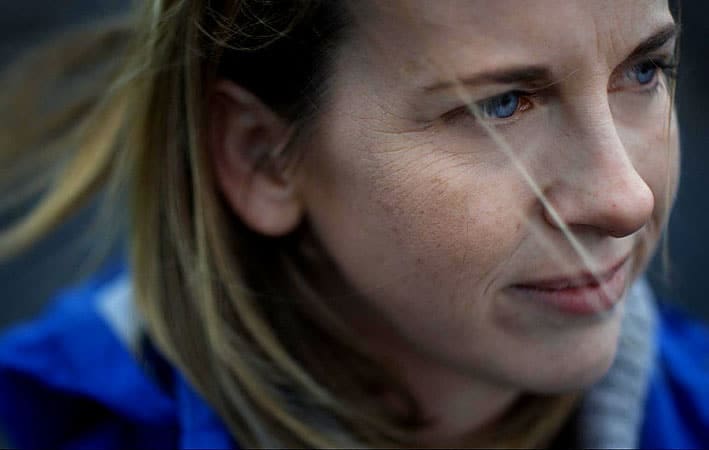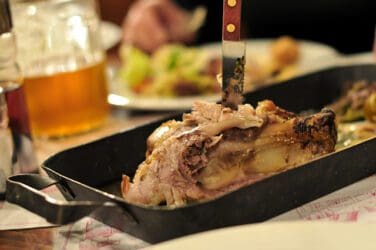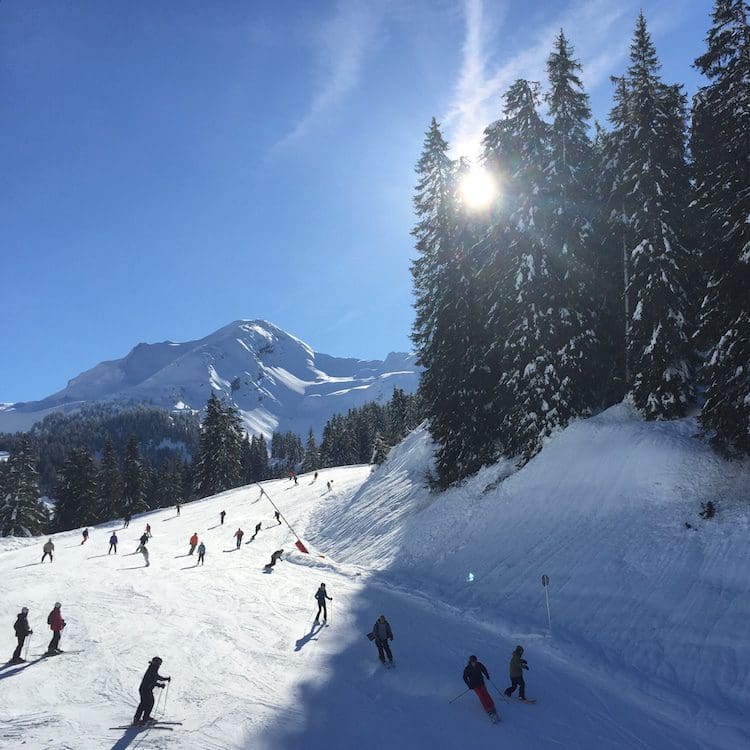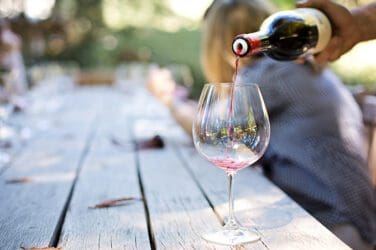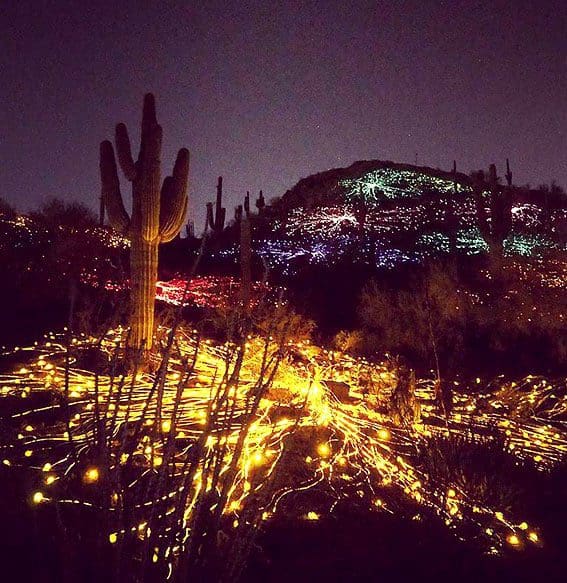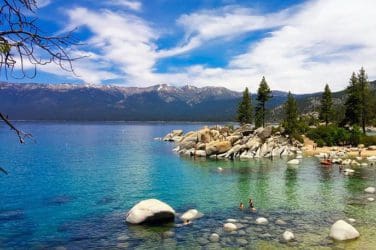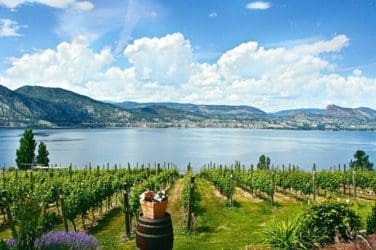Words: Gabriella Doherty
Rain and sunshine take it in turns to chase me upwards as I journey away from Zurich, each one making a surprise comeback just as I think the other has well and truly claimed the day.
With each shift – stomach-jolting precipices giving way to forests that in turn concede to glimpses of snow in the far distance – I’m convinced that this is the best view so far.
It seems that the scenery is showing off its ability to look equally compelling regardless of conditions. I’m watching this unfold from a bright red train that is dwarfed yet completely unfazed by the cliff top it’s scaling. All of this is contributing to the impression that I am in a toy-town version of the world; somehow too beautiful and immaculate to be quite real. When I find out the toilet on board is a modest hole down to the tracks, I start to become suspicious that I am indeed riding a model train.
My destination is the canton of Graubünden, where I am visiting the neighbouring villages of Scuol and Sent. Located at the easternmost point of Switzerland and nestled in between Italy, Austria and Liechtenstein, it is one of the most popular parts of the country for visitors. Most famous as a skiing destination, with St Mauritz as its prized resort, this region of stunning natural beauty typically attracts an international, thrill-seeking crowd, hitting the slopes and partying through the winter months. During the low season and summer period, however, a different facet of life in the canton comes to the forefront.
Though I haven’t been back in two years, I was born and raised in this country, making this something of a return journey. On my way up I’m told how common it is for young people to leave the canton for a period of months or even years to pursue further education or career opportunities, but in almost all cases they come back. The sense of community and belonging is so strong that their eventual return is treated as inevitable. Even Heidi, the world’s most famous fictitious Graubünden native, suffered from such severe homesickness she began to sleepwalk. This certainty – of where home is, and what it means to them – is both beautiful and alien to me, heightening my curiosity.
For my first two nights I stay at the Hotel Belvédère in Scuol. The 19th century building has been beautifully preserved and renovated, with vast wooden balconies equipped with rocking chairs and blankets, reminiscent of a time when one might be sent by a doctor to the mountains for some pure country air, and perfect for luxuriating in the surroundings.
Though many people wouldn’t think to visit the Alps outside of skiing season, I have always secretly felt that this is when they really come into their own. If racing down slopes at breakneck speed is the national pastime of choice, the off season is when a more intimate relationship with the countryside is formed. With the unifying blanket of snow all but gone, the full drama of the scenery can be appreciated. Whether you opt for a full-day hike or (like me) more of an afternoon ramble, the region demands to be explored and is generous in return, rewarding the most casual of wanderers with hidden ravines, forests leading to secluded clusters of houses, and unexpected views.
The buildings here differ from the classic wooden chalets one might expect, with instead a pronounced Italian influence in the architecture, giving the village a Mediterranean feel with an alpine backdrop. The Engadine style features thick stone walls, arched doorways and ‘sgraffiti’ – artwork that often divulges information about the building or the family that inhabits it. The close-knit nature of life here is prevalent to this day; which families have lived in which homes over the centuries is still common knowledge.
My guide is keen to communicate the easy relationship people have here with the past and how this links them to their mountains. My favourite recurring sgraffiti is of a dolphin, as imagined by local 16th century artists: a depiction of a creature that has more in common with the Loch Ness Monster than the real-life mammal, serving as a reminder that we are a long way from the sea.
With twenty-five springs in Scuol alone, the water resources have always played a predominant role in local life. Six heavy stone fountains are placed in key positions around the village; these were in constant use but also served as hubs for gossip and village drama. Not having a good view on a fountain would be akin to choosing to live with no wifi connection, so the houses were built to face them. Like old whiskies, their waters are compared in terms of relative ‘strengths’. Encouraged to try a few, I’m surprised to find that they really all are very different: while some are so clear and fresh they are almost flavourless, others have a heavier, more carbonated taste. It was long believed that the natural springs from the area had therapeutic properties that could cure diseases and promote longevity, and these resources were used to build up Graubünden’s tourism industry, with ‘water tourists’ travelling great distances to try them.
In an attempt to be a modern-day water tourist, I spend a late afternoon in Bogn Engiadina, Scuol’s own spa, which (to my delight) is directly connected to the hotel through a series of passageways. After a day of being on my feet, it has everything that I could have hoped for – pools of fresh mountain water, a sauna, a steam room and various treatments on offer. The highlight is the outdoor area, where the evening air and the sun setting behind the peaks allow me to imagine I am not in a spa at all but swimming wild, alone in a secluded lake.
I find myself wanting to tell people that I’m Swiss, too! – but the language of ‘my’ Switzerland is French, which is not spoken here. While the Swiss are extremely proud of their nationality, what this actually means varies drastically depending on where you go. After centuries of having been passed through by diplomats, armies and tradespeople, the country has become something of a shape-shifter, its culture a medley of European identities. But perhaps due to it being the home of Romansh, a language native to Switzerland alone and spoken by fewer than 30,000 people, Graubünden is seen as the most Swiss of all the cantons.
These questions of local culture take me to the village of Savognin, where I arrive in time to catch part of Origen, a performing arts festival that has now been running for a decade. Its founder, Giovanni Netzer, developed an interest in acting and storytelling while growing up here. With no theatres nearby to speak of, his ambition took him around the world for years. But true to what I had been told on my journey from Zurich, the pull of home was too strong to resist. Knowing that he wanted to be back but concerned by the lack of opportunities for someone in his profession, he decided to bring the art form he loved to his hometown and turn the conflict between his career and his rural upbringing into something tangible.
As a festival, Origen’s aim is to directly challenge the preconception of Graubünden being isolated, and question its relationship with the rest of the world. Performers come from all over to tackle questions of belonging, communication and difference, often showcasing one-off performances that were created specifically for Origen. Three performing arts venues now exist, including an outdoor theatre that allows the artists to take full advantage of the natural environment.
The shows frequently sell out. Considering each venue is big enough to seat the entire population of Savognin, this demonstrates just how warmly the festival has been embraced. Watching a dance show based around ideas of cultural identity on my final evening, I revel in how this comes in stark contrast with a place that so focused on the beauty and simplicity of outdoor life.
Under a surface of traditionalism and belonging, Switzerland has always been in transition, continually influenced by new inhabitants and cultures as they come and go. Despite appearances, change is quite a habitual thing here. If there is an assumption that each of its young emigrants will eventually come back, it is also expected that they will bring something new and worthwhile with them upon their return, further enriching the quiet internationalism that lies at the heart of Graubünden’s wild, breathless beauty.
Words: Gabriella Doherty
Fly with SWISS to Zurich
For further information please visit https://www.graubuenden.ch/en


